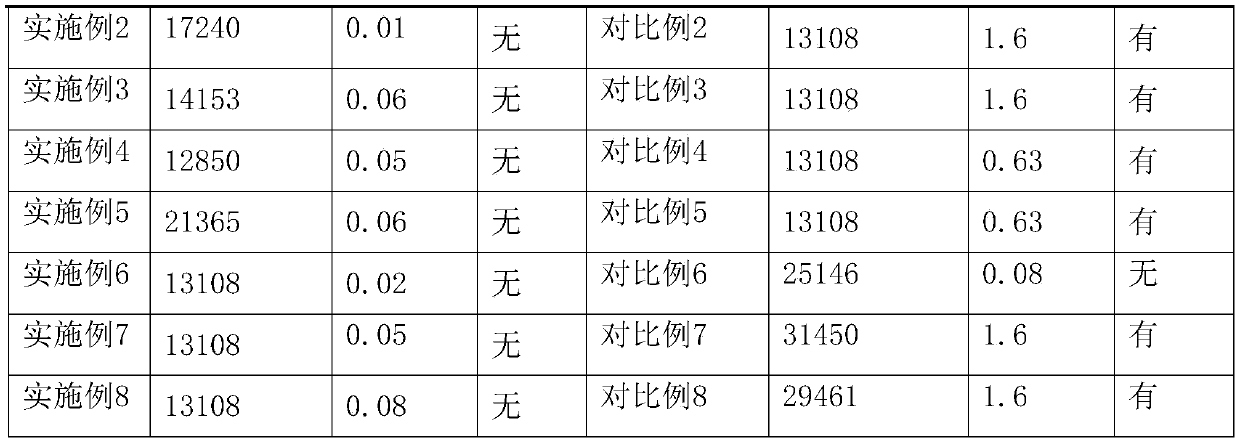Corrosion inhibition nickel base alloy electrolytic polishing solution and polishing method
A nickel-based alloy and electrolytic polishing technology, which is applied in the field of electrolytic polishing, can solve the problems of surface corrosion of polished workpieces, large internal resistance of the electrolyte, and large product roughness, and achieve improved corrosion resistance, excellent corrosion inhibition performance, and obvious metal Gloss effect
- Summary
- Abstract
- Description
- Claims
- Application Information
AI Technical Summary
Problems solved by technology
Method used
Image
Examples
Embodiment 1
[0054] In the present invention, the electrolytic polishing process of the nickel-based alloy sealing plate of the nuclear power core replenishment tank, the specific steps are as follows:
[0055] (1) Carry out activation pretreatment to nickel-based alloy electrolytic polishing workpiece, guarantee that there is no excess water on the surface of the workpiece; the pretreatment is to remove surface oil stains from the workpiece with lye, and then put the cleaned workpiece into a concentration of hydrogen peroxide 2 % of 5% dilute nitric acid into the activation for 10 minutes, rinse with tap water after activation, and put it into the electrolytic cell after there is no obvious water flow on the surface of the workpiece.
[0056] (2) The composition of the electropolishing liquid in the electrolytic cell is (by weight): 55 parts of phosphoric acid (85%), 15 parts of formic acid (98%), 1.5 parts of polyacrylamide, 25 parts of ethylene glycol, 8 parts of ethanol , 2.5 parts of ...
Embodiment 2~5
[0060] Adopt the method of embodiment 1, the difference is that the composition of electrolytic solution is different, and the composition of electrolytic solution is shown in Table 1. Other process and processing parameter are identical with embodiment 1.
[0061] Table 1
[0062] Example 2 Example 3 Example 4 Example 5 Phosphoric acid (85%) 60 65 50 75 Formic acid (98%) 12 18 20 10 polyacrylamide 2 0.5 3 0.1 Ethylene glycol 30 20 10 50 ethanol 10 5 20 3 Hexamethylenetetramine 4 6 0.05 8 Rodin 3 2 5 1
Embodiment 6~8
[0064] In the method of Example 1, only the electrolysis process parameters were changed, and the detailed process parameters are shown in Table 2.
[0065] Table 2
[0066] Example 6 Example 7 Example 8 Anode and cathode distance (mm) 120 80 150 Current density (A / dm 2 )
PUM
 Login to View More
Login to View More Abstract
Description
Claims
Application Information
 Login to View More
Login to View More - R&D
- Intellectual Property
- Life Sciences
- Materials
- Tech Scout
- Unparalleled Data Quality
- Higher Quality Content
- 60% Fewer Hallucinations
Browse by: Latest US Patents, China's latest patents, Technical Efficacy Thesaurus, Application Domain, Technology Topic, Popular Technical Reports.
© 2025 PatSnap. All rights reserved.Legal|Privacy policy|Modern Slavery Act Transparency Statement|Sitemap|About US| Contact US: help@patsnap.com


